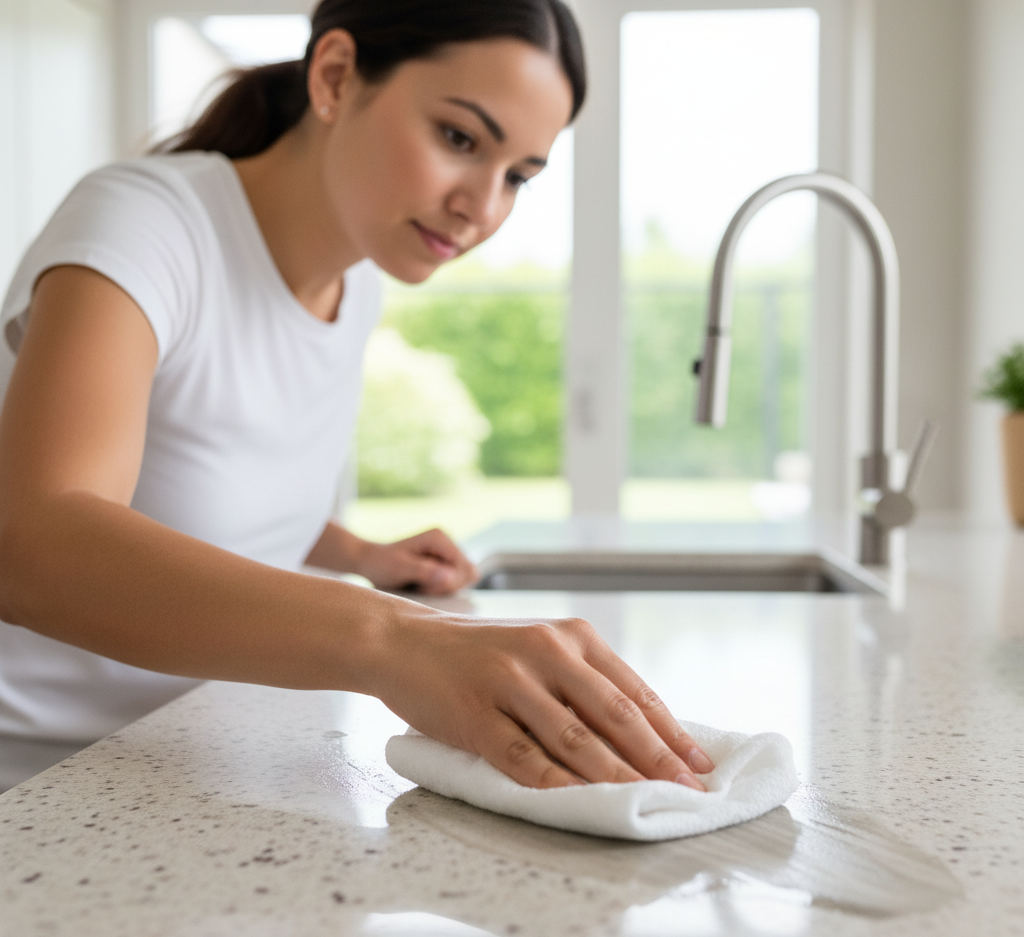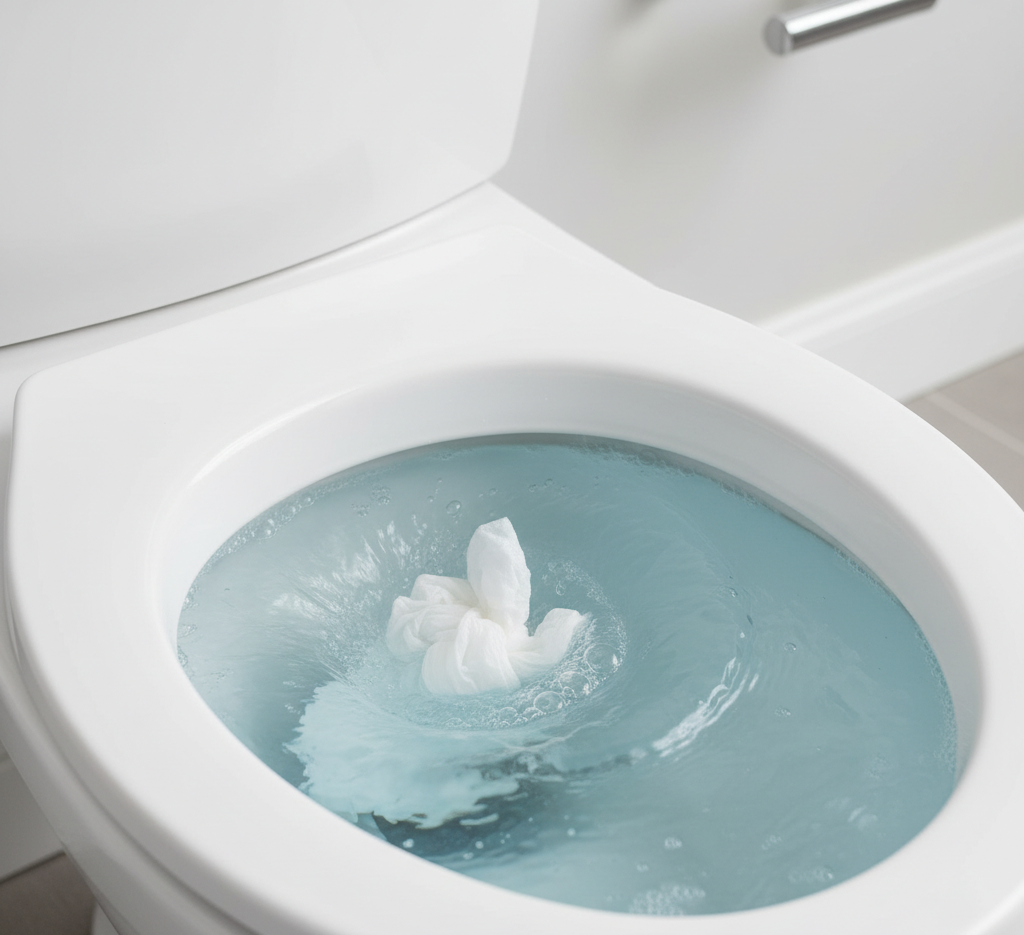The convenience wet wipes is undeniable. It sits on the counter, in the car, in a handbag, a small, sealed packet promising a swift and simple solution to life’s messes. It is the wet wipe, and in the space of a few short decades, it has become one of the most ubiquitous and relied-upon products in modern life. From wiping a baby’s bottom to removing stubborn makeup, from sanitizing a shopping cart handle to a quick clean of a dusty dashboard, the wet wipe presents itself as the ultimate tool of immediate, portable cleanliness.
But this convenience comes at a steep, and often hidden, price. The very qualities that make the wet wipe so appealing—its strength, its moisture, its disposability—are the same qualities that contribute to a cascade of environmental, infrastructural, and even personal health problems. The story of the wet wipe is a classic tale of a modern convenience with profound and unintended consequences. To truly understand its impact, we must look beyond the clean surface it leaves behind and examine the journey it takes after its single, fleeting use.

What Are Wet Wipes Actually Made Of?
The most significant misconception about wet wipes is what they are made of. We use them much like paper towels or toilet paper, and so we assume they are, in fact, a form of paper. This could not be further from the truth. If you have ever tried to tear a wet wipe, you know it has a surprising, fabric-like strength. This is because the vast majority of wet wipes are not made from paper at all, but from non-woven fabrics composed of plastic resins like polyester and polypropylene.
These are the same materials used to make clothing, ropes, and plastic bottles. They are chosen for their durability and their ability to remain strong when saturated with liquid. This is precisely why they are so effective at scrubbing. However, it is also why they are an environmental disaster. Unlike paper, which is made from wood pulp and biodegrades relatively quickly, these plastic fibers do not break down in any meaningful timeframe. A single wet wipe can persist in the environment for hundreds of years, slowly breaking apart not into organic matter, but into smaller and smaller plastic fragments known as microplastics.
The “Flushable” Myth
This brings us to the most damaging myth perpetuated by the industry: the “flushable” wipe. Many brands market their wipes as safe to flush, creating the impression that they will simply disintegrate like toilet paper once they enter the plumbing system. This is a catastrophic falsehood.
Toilet paper is specifically designed to have very short fibers that lose all their structural integrity almost immediately upon contact with water. Wet wipes are designed to do the exact opposite. When flushed, they do not break down. They travel through the pipes intact, where they snag on imperfections, catch on other debris, and begin to form the foundation of clogs.
In the municipal sewer systems, this problem scales up to a monstrous degree. Here, the flushed wipes combine with the fats, oils, and grease (FOG) that are improperly poured down drains from household kitchens. The strong plastic fibers of the wipes act as a durable net, binding with the congealing fats to create colossal, rock-hard masses known as “fatbergs.” These blockages, which can grow to be the size of a bus and weigh several tons, are a plague on modern cities. They cause raw sewage to back up into streets and homes, require enormous and expensive efforts to break apart with high-pressure water jets and manual labor, and place an incredible strain on our aging water infrastructure. Every single time a “flushable” wipe is flushed, it becomes a potential building block for the next fatberg.
The problem is not just contained to the sewers. During periods of heavy rainfall, sewer systems can overflow, discharging this toxic slurry directly into our rivers and oceans. Here, the wet wipes emerge, carpeting riverbeds and washing up on beaches in what is now grimly referred to as a “wet wipe reef.” They are frequently mistaken for food by marine animals and birds, leading to internal blockages and death.

The Problem with the Bin
Even when disposed of correctly in a trash can, the problems do not disappear. Because they are made of plastic, they end up in landfills where they will sit for centuries without biodegrading. They contribute to the ever-growing mountain of single-use plastic waste that is a hallmark of our disposable culture. Furthermore, the cleaning solutions and preservatives they are soaked in can leach into the soil and groundwater over time.
The Cost to Our Health and Skin
The convenience of a wet wipe can also come at a cost to our skin. In order to keep the wipes moist and free of mold and bacteria within their packaging, they are saturated in a solution that often contains a cocktail of chemicals, including preservatives, fragrances, and surfactants.
Preservatives like parabens and methylisothiazolinone are necessary to prevent the growth of microbes, but they are also known skin irritants and allergens for many people. The “fragrance” listed on a package is often a proprietary blend of dozens of chemicals that do not have to be disclosed individually, and these are common triggers for dermatitis and allergic reactions.
For personal hygiene, particularly on sensitive areas, the constant use of wet wipes can disrupt the skin’s natural microbiome, the community of beneficial bacteria that protects our skin. The chemical and physical action of wiping can strip away the skin’s natural protective oils, leading to dryness, irritation, and a compromised moisture barrier.
From a cleaning perspective, wipes often provide an illusion of clean rather than a true removal of dirt and germs. Without a rinsing action, they often just smear bacteria and grime across a surface rather than lifting it away. A proper cleaning process involves a cleaning agent to loosen dirt and a cloth or sponge that can be rinsed out, physically removing the contaminants from the surface. A wipe simply moves the mess around.

Breaking the Wipe Habit
The good news is that for nearly every single application of a disposable wet wipe, there is a superior, cheaper, and more sustainable alternative. Breaking the habit is about rediscovering simpler, more effective methods that we have forgotten in our rush for convenience.
For Personal Hygiene (Baby Care and Hands): The original wet wipe was a simple cloth. Reusable cloth wipes, made from soft materials like flannel, bamboo, or cotton, are incredibly effective. They can be used with just plain water, or with a simple homemade solution of water and a drop of gentle soap. When out and about, a small spray bottle of water and a few dry cloths in a wet bag are a far more effective and eco-friendly solution than a packet of disposable wipes.
For Makeup Removal: Reusable makeup pads, often made of soft bamboo or cotton terry, are a fantastic alternative to single-use makeup wipes. They work beautifully with micellar water, cleansing oils, or your favorite makeup remover. They can be washed and reused hundreds of times, saving an enormous amount of money and waste.
For Surface Cleaning: This is where the wet wipe is at its least effective. The professional-grade alternative is a simple microfiber cloth and a spray bottle of appropriate cleaner. For an all-purpose cleaner, a solution of 50% white vinegar and 50% water is effective for most non-porous surfaces. A microfiber cloth is designed to trap and hold dust and dirt particles, and it can be rinsed and reused throughout a cleaning task. Unlike a wipe, which is used once and thrown away, a single cloth can do the work of an entire canister of disposable wipes, and then be laundered and used again for years.
For Spills and Floors: Instead of using a specialized floor wipe (which is essentially a larger, more expensive version of a regular wipe), a simple cloth, sponge, or mop is infinitely more effective and sustainable.
A Time and a Place?
In a world of absolutes, it can be hard to find nuance. Are there any situations where a disposable wipe is acceptable? Perhaps. For certain medical situations, for travel in areas with no access to clean water, or in other extreme circumstances, a disposable wipe might be the only practical option.
If you must use one, the rules are simple. First, and most importantly, never, ever flush it, no matter what the package claims. Always dispose of it in the trash can. Second, look for brands that are made from 100% plant-based, biodegradable materials like bamboo or wood pulp, and that are free from harsh chemicals and fragrances. Be a skeptical consumer and research the claims, as “greenwashing” is rampant.
The wet wipe is a powerful symbol of our modern disposable culture. It promises a quick fix, an easy out, a way to instantly erase a mess and discard the evidence. But the evidence does not disappear. It clogs our cities’ arteries, pollutes our natural world, and adds to the plastic crisis. By making a conscious choice to return to simpler, reusable methods, we not only achieve a better, truer clean, but we also take a small but significant step toward a more sustainable and responsible way of living.
The convenience of a wet wipe often just smears dirt around, offering the illusion of a quick fix. A true, deep clean requires the right tools and techniques to physically remove grime and restore surfaces. Toronto Shine Cleaning provides this professional level of service, going beyond the superficial wipe to deliver a comprehensive, hygienic clean that leaves your entire home spotless.




















